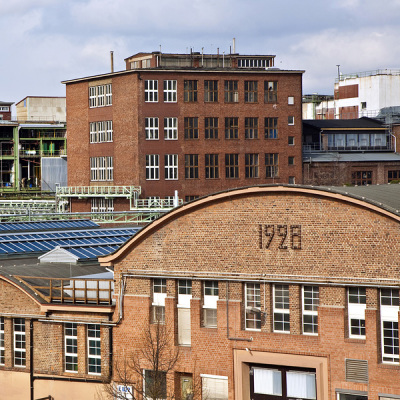Brownfield Redevelopment: Envisioning a New Community
 Brownfield redevelopment is more successful when the community is engaged.
Brownfield redevelopment is more successful when the community is engaged. The EPA defines a brownfield as a site in which the reuse or redevelopment of is complicated by the presence or potential presence of a hazardous substance, pollutant or contaminant. Brownfields take on many shapes and sizes to include former manufacturing sites, dry cleaners or even an office building that contains a leaking underground storage tank (LUST). Brownfields and abandoned buildings are often located in economically distressed areas that do not have the resources to redevelop these properties. The overarching purpose of the EPA’s Brownfields Program is to protect the public’s health. The Small Business Liability Relief and Brownfields Revitalization Act specifically aims to reduce environmental threats that could impact “children, pregnant women, minority or low-income communities, or other sensitive populations.” When rewarding Brownfield grants, the EPA takes into consideration how brownfield redevelopment projects will revitalize the local economy without displacing low-income and minority communities. The Brownfields program has evolved to focus heavily on community outreach and larger geographical areas because the negative impacts can be far reaching. It’s no surprise that successful brownfield redevelopment projects often include public participation. To involve the community in brownfield redevelopment projects you must first earn their trust, meet the community on their grounds and then find out what their vision is for their community.
The people with the most at stake are the people living in the communities surrounding abandoned industrial properties. Trusting outsiders may not come so easy because they are not the ones who have to deal with the consequences of leaving brownfields in place or any planned development. It is the community’s health and livelihood that is in jeopardy, not the outsiders. Community leaders have strong ties with the community that are not easy for a planner to replicate in the relatively short period of time it takes to redevelop a brownfield. Seek out and partner with community leaders and organizations in low-income communities first to help cultivate trust. Learn what the community concerns are from the leaders and let them know that you are there to help. Once you have developed relationship with leaders in the community you have to be involved with the community to make a difference and further build their trust.
Hold informal meetings at common meeting places (community centers, schools, parks and churches) to spark interest in the planned brownfield redevelopment. Reaching out to children at schools can make a profound impact as children are more open to change. Once children learn how important brownfield projects are for their community, their enthusiasm may be all it takes to motivate their parents to get involved. These informal meetings should focus on the educational aspects of brownfield redevelopment as well as invite the community to be part of the planning process. An open dialogue should be encouraged to find out what the community thinks about the brownfields located in their backyards and how they envision their community in the next 10 to 20 years.
Ask questions. “What exactly does this community need?” “Are they located in a food desert with limited access to healthy food?” “Do they need affordable housing or more job opportunities?” Use the meetings to find out what community needs to initiate a more formal planning process that might include charrettes or walking tours. Sometimes it takes an outsider’s view to help the community see the potential in these properties. Be creative and encourage the members of the community to dream big. After the community meets a few times a plan will unfold as members realize they are capable of turning abandoned properties into opportunities. Once a community is able envision a new life for these properties outside stakeholders will be able to see it as well.
The community’s vision will spread like wildfire as they realize that this is an opportunity to make their neighborhoods safer and more viable. Getting the community involved from the get go will help ensure a successful brownfield redevelopment project. This post may only skim the surface of community engagement. There are so many ways to connect with the community that can only be learned through experience. Element Environmental Solutions is passionate about protecting the public’s health and is 100% committed to making our communities safer through the revitalization of brownfields. We understand the consequences of hazardous substances in our environment and work to restore the health and wellbeing of all communities through safely remediating contaminated sites. We can’t move forward without the support of the community. It takes a village to restore Brownfields to their full potential.